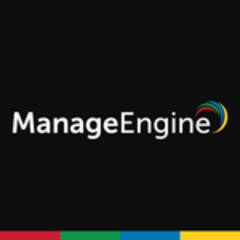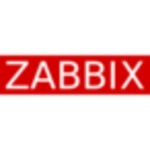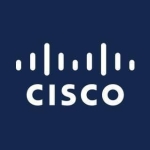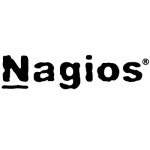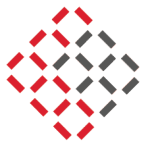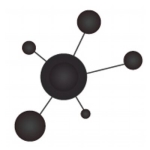What is our primary use case?
The primary use is for network infrastructure monitoring, however, there are three editions. There is the professional, there is the enterprise, and there is the OpManager Plus. Personally, I prefer the OpManager Plus since it monitors everything including network routers, switches, servers, virtual machines, virtual machine hosts, storage, and firewalls, and all-in-one solution. I generally prefer OpManager Plus edition.
How has it helped my organization?
We like that now we can monitor the entire infrastructure, servers, temperature applications, and house for virtual machines. It's all-encompassing monitoring. We can watch everything that is connected to the network.
What is most valuable?
It's much simpler to use this solution than the regular version. With the regular version, you have to do an add-on for everything. If you want to monitor a database, you have to buy an add-on for the application. If you want to monitor a firewall, you need a license for firewalls.
The traffic monitoring and the traffic analysis are great. The monitoring of servers that host services is very important since you can see a problem before it becomes a problem. Monitoring the firewall screen is a good way of preventing breaches. Also, monitoring the storage rather than switching from screen to screen to my monitor the storage has been very useful. I monitor the infrastructure and from one screen, you can see every problem for everything that is connected to your network.
What needs improvement?
Some of our customers have been asking that OpManager have a feature to monitor the operating system, however, I tell them that Endpoint Central is doing that. You can buy endpoints and then OpManager, and they integrate between them, and everything is okay. I don't really have another feature to add.
For how long have I used the solution?
I've been using the solution for eight to ten years.
What do I think about the stability of the solution?
The stability is ten out of ten. The solution never fails.
What do I think about the scalability of the solution?
OpManager Enterprise has unlimited scalability. OpManager Plus goes to only 1000 devices in the application. So OpManager Enterprise has limitless scalability. OpManager Plus is limited to 1000.
How was the initial setup?
The setup is straightforward. The only thing that takes time is registering every device that is in the network. For every switch, you need to provide its credentials. For every router, the same. So every device needs to be enrolled in the platform. That takes some manual labor, especially if there are different accounts for each device. You have to enroll them, create the keys, create the credentials, then enroll them.
Installing the solution takes two to three hours. Configuring the solution and implementing every device in a network can take from days to maybe months. It depends on the number of devices and the complexity of the architecture where it is installed.
What's my experience with pricing, setup cost, and licensing?
I'd rate the pricing six out of ten.
I've seen other networks like Lansweeper and other solutions that provide network monitoring, and the prices are similar.
There can be add-ons involved. Add-ons depends on the license of OpManager. If you have OpManager Plus, you have very few add-ons. If you have OpManager Enterprise, you need an add-on for everything you want to monitor, from database, application, servers, VM host, et cetera.
What other advice do I have?
I'm not sure which version of the solution I'm on.
It is a good return on investment. It is a workload simplified. You can see everything on the screen. You get reports and secure your network, and also get notified if something is wrong or something might happen.
I'd rate the solution nine out of ten.
Which deployment model are you using for this solution?
On-premises
Disclosure: My company has a business relationship with this vendor other than being a customer. Partner

